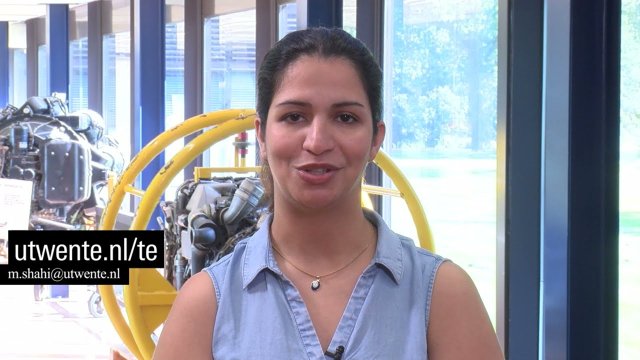Our research on energy conversion and storage is mainly focused on the development of innovative solutions for the energy transition, including thermal storage and heat pumps.

example research
- Innovative microencapsulated phase change materials for direct-absorption solar collectors
Project description:
Direct absorption solar collectors (DASCs), in which the heat transfer fluid (HTF) directly absorbs and converts solar energy into thermal energy, have proved to have higher receiver efficiencies than conventional solar collectors. The incorporation of phase change materials (PCMs) in conventional HTFs offers potential to enhance the efficiency even further. The aim of the project is to introduce and characterize novel microencapsulated PCM slurries (ME-PCMS) for direct absorption solar collectors. The working fluid acts both as the HTF and energy storage medium, following two main purposes:- to increase the efficiency,
- to increase energy storage capability of the collectors.
- A novel thermosiphon-like cooling system based on magnetocaloric nanofluids
Project description:
The use of conventional air conditioning and refrigeration technologies causes global warming through the emissions of greenhouse gases. This research develops an innovative air-conditioning and refrigeration system based on magnetic nanofluids. The proposed system has a great potential to provide enhanced performance properties mainly with respect to heat transfer. This means that the system will be more efficient and environmentally- friendly by avoiding emissions of greenhouse gases. The project cooperates with industry to bring this new type of cooling to the market in future. - Multi-scale modelling and Experimental validation of Thermochemical Energy Storage materials
Project description:
There is a growing need for flexibility for the use of local and/or sustainable energy sources, which is caused by the natural fluctuations in the supply of these forms of energy. The combination of sustainable energy systems and compact thermal storage leads to more efficient use of sustainable energy and a reduction of the required energy from the electricity grid. Increased flexibility and matching supply and demand can be realized through the use of the heat battery. Sustainable heat is often abundantly available when the demand is low. Vice versa, the demand is high when the supply is generally low. Especially the use of thermochemical materials (TCMs), which is an intrinsically loss-free and compact means of thermal energy storage, can effectively couple the supply and demand. Flexibility is further increased by the possibility to charge the heat battery on the basis of (sustainable) electricity. Optimized heat and mass transfer characteristics benefit storage capacity and charge/discharge power. This allows for potentially much more frequent charging, and therefore also discharging, of the heat battery. - Peak Shaving District Heating System For Daily And Seasonal Demand
Project description
The baseload demand in a district heating system is usually satisfied by biomass/waste combustion. However, the challenge is how to fulfill the peak-load demand without using fossil fuels which is important for the heating supply reliability. The proposed research is targeting a novel peak shaving system for the district heating application.
